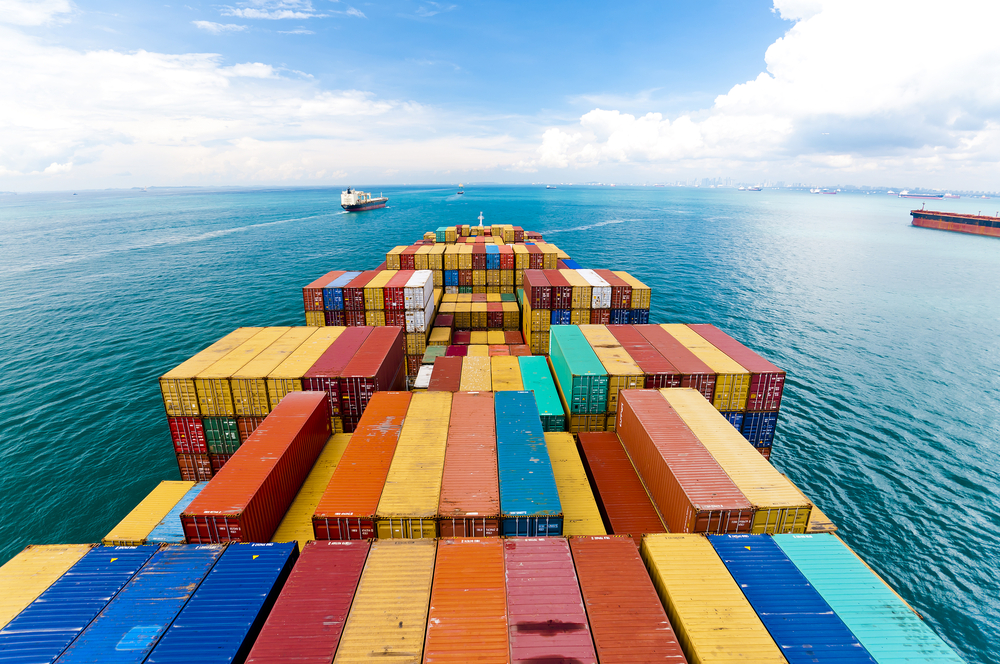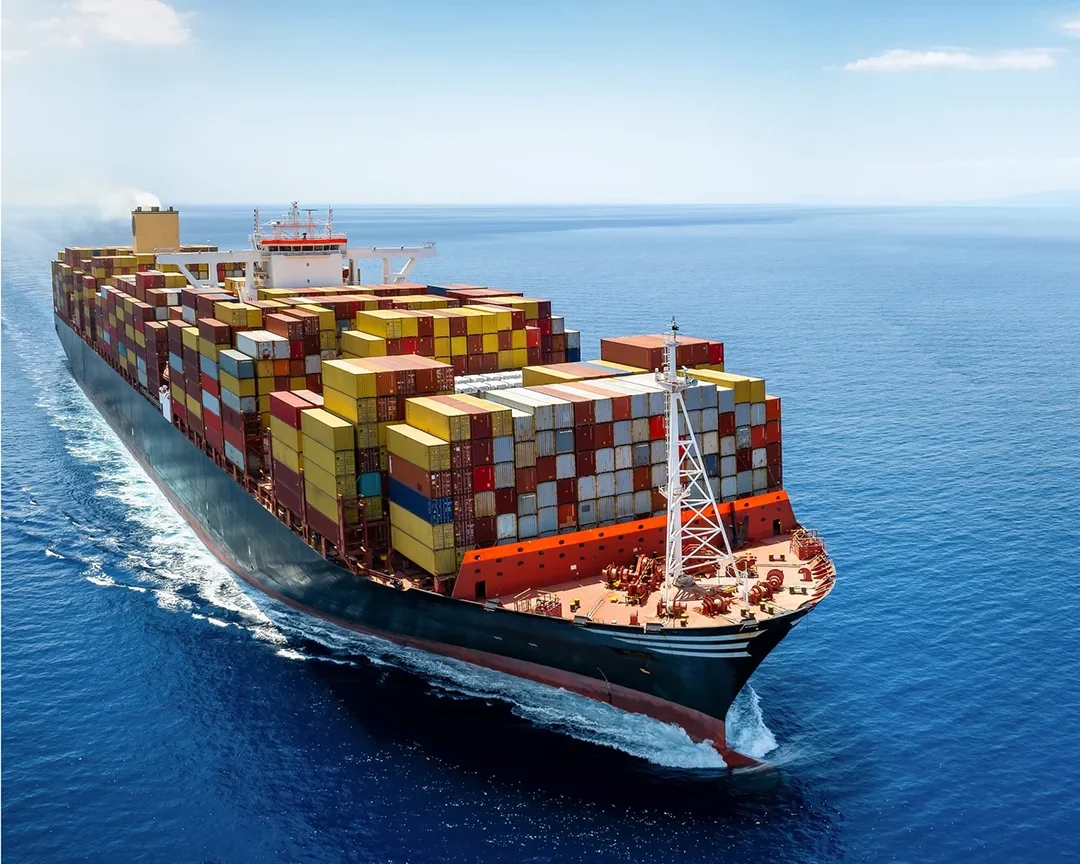The global sea freight market is a vital component of international trade, facilitating the transportation of large volumes of goods across continents at competitive costs. As global supply chains continue to evolve, sea freight remains a preferred mode of transport due to its efficiency, cost-effectiveness, and ability to handle bulk shipments. This report provides an in-depth analysis of the sea freight market, highlighting key trends, growth drivers, challenges, and future projections.
Market Overview
Sea freight is categorized based on service type, container type, and industry verticals. The market includes full container load (FCL), less than container load (LCL), and bulk cargo shipments. It caters to industries such as manufacturing, retail, pharmaceuticals, automotive, and agriculture. The market’s growth is influenced by global trade policies, economic conditions, port infrastructure, and technological advancements. The increasing demand for reliable and cost-efficient shipping solutions continues to drive expansion in the sea freight industry.
Key Market Trends
- Expansion of Global Trade: With increasing globalization, the demand for efficient and scalable sea freight services is growing. Free trade agreements and economic partnerships contribute to rising cargo volumes.
- Sustainable Shipping Initiatives: Environmental concerns are leading to the adoption of green shipping technologies, including cleaner fuels, energy-efficient vessel designs, and carbon offset programs.
- Digitalization & Smart Shipping: The integration of IoT, AI, and blockchain is transforming sea freight operations. Smart containers, automated port handling systems, and real-time tracking enhance efficiency and transparency.
- Rise of Mega Ships & Port Expansions: Larger vessels with greater cargo capacities are being deployed to optimize costs and reduce emissions. Simultaneously, ports are expanding their infrastructure to accommodate these mega-ships.
- Shift Toward Regional Trade Hubs: The diversification of manufacturing locations, particularly in Asia and Africa, is reshaping global shipping routes. New trade corridors and logistics hubs are emerging to support supply chain diversification.
- Fluctuations in Freight Rates: Market volatility, driven by fuel prices, geopolitical tensions, and supply-demand imbalances, continues to impact freight rates. Shipping companies are adopting dynamic pricing models to mitigate risks.
Growth Drivers
- Cost-Effective Transport for Bulk Goods: Sea freight is the most economical option for transporting heavy and bulk commodities, including raw materials, machinery, and agricultural products.
- E-commerce Growth & Containerized Shipping: The rise of online shopping and international trade has increased demand for efficient container shipping solutions.
- Infrastructure Developments in Ports: Investments in smart ports, automated cargo handling, and digital logistics platforms enhance sea freight efficiency.
- Rising Demand for Cold Chain Logistics: The need for temperature-controlled shipping solutions is growing, particularly for pharmaceuticals and perishable food items.
- Government Support & Trade Agreements: Policies supporting international trade and investments in maritime infrastructure contribute to market expansion.
Challenges Facing the Market
- Port Congestion & Supply Chain Disruptions: Overcrowding at key ports, labor shortages, and logistical bottlenecks cause delays and inefficiencies.
- Environmental Regulations & Carbon Emissions: The shipping industry faces increasing pressure to reduce its carbon footprint and comply with stringent emission norms.
- Fuel Price Volatility: Fluctuating fuel costs impact operational expenses and freight rates, affecting the profitability of shipping companies.
- Piracy & Security Risks: Certain maritime routes remain vulnerable to piracy, theft, and geopolitical tensions, posing risks to cargo security.
- Complex Customs & Regulatory Compliance: Different countries have varying trade regulations, customs procedures, and tariffs, complicating international shipping operations.
Future Outlook
The sea freight market is expected to witness continued growth, driven by global trade expansion, digital transformation, and sustainability initiatives. Innovations such as autonomous ships, AI-driven logistics planning, and blockchain-based documentation are set to revolutionize the industry. As global supply chains evolve, shipping companies must invest in digitalization, alternative fuel solutions, and capacity optimization to remain competitive. Additionally, improved port infrastructure and strategic partnerships will play a crucial role in shaping the future of sea freight.
Conclusion
Sea freight remains a cornerstone of global trade, offering cost-effective and scalable transportation solutions. While challenges such as regulatory compliance, environmental concerns, and supply chain disruptions persist, the industry’s resilience and adaptability will drive future growth. Companies that embrace technological advancements, invest in sustainability, and optimize their logistics operations will be well-positioned to thrive in the evolving maritime shipping landscape.








Leave a comment